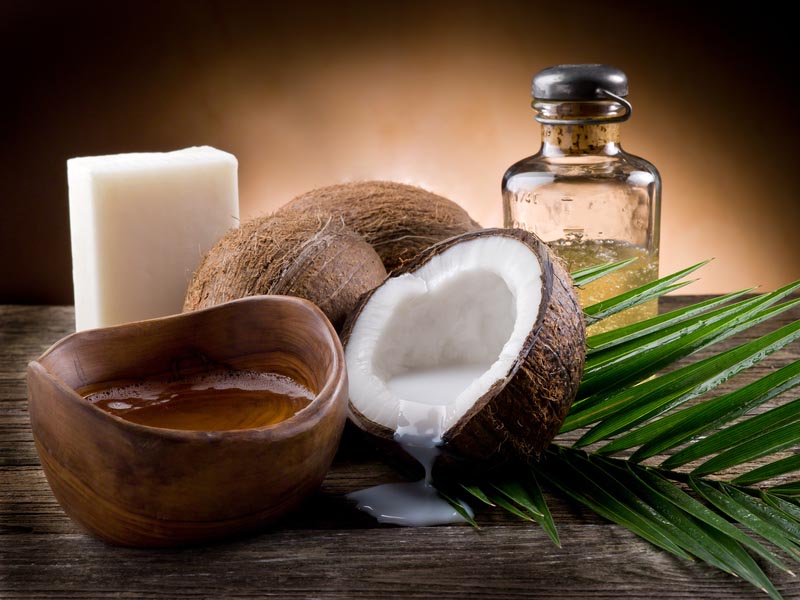The coconut, like the sun, sand and sea is synonymous with island life. There is nothing quite like lounging on the beach on a sunny day, while drinking a freshly chopped jelly coconut. It is no secret how refreshing a drink it can be, but its potential goes far beyond its sweet refreshing drink, nutty core and even beyond being the perfect addition to Sunday’s rice and peas. The water, oil, milk and flesh of this ‘superfood’ provides us with a plethora of health benefits, medicinal uses, and nutritional value. While it may prove to be impossible to list every single use I will give you an idea of just how amazing and functional this hidden island treasure really is.
The naturally refreshing water in the fruit’s center which is low in calories, naturally free of fat and cholesterol and has more potassium than four bananas, is great for hydration, as it is able to replenish fluids and electrolytes after exercise. Other beverages such as the ones we use for sport activities pale in comparison.
Coconut contains high levels of potassium and magnesium, this is good for cardiovascular health and can therefore help people suffering from blood pressure and cardiac diseases. It promotes blood circulation in the body and prevents the formation of plaque, preventing stroke. The saturated fats present in coconut water raises the good cholesterol levels in the body and controls bad cholesterol. Both the water and the oil have been found to stabilize blood sugar levels and insulin production. This is helpful for patients with diabetes and can arguably help to prevent the disease.
The bioactive enzymes in coconut water, can also aid with digestion and promote nutrient absorption. While the oil helps to give relief in gallbladder disease, improve cognitive function and protects against Alzheimer’s disease, both the water and oil help to alleviate acid reflux and heartburn problems. Drinking the water also reduces the sensation of vomiting and nausea, you may also find the antioxidants useful as it protects cells from damaging free radicals.
To Read More: Purchase your copy of Volume 9 #6 January-February 2018

